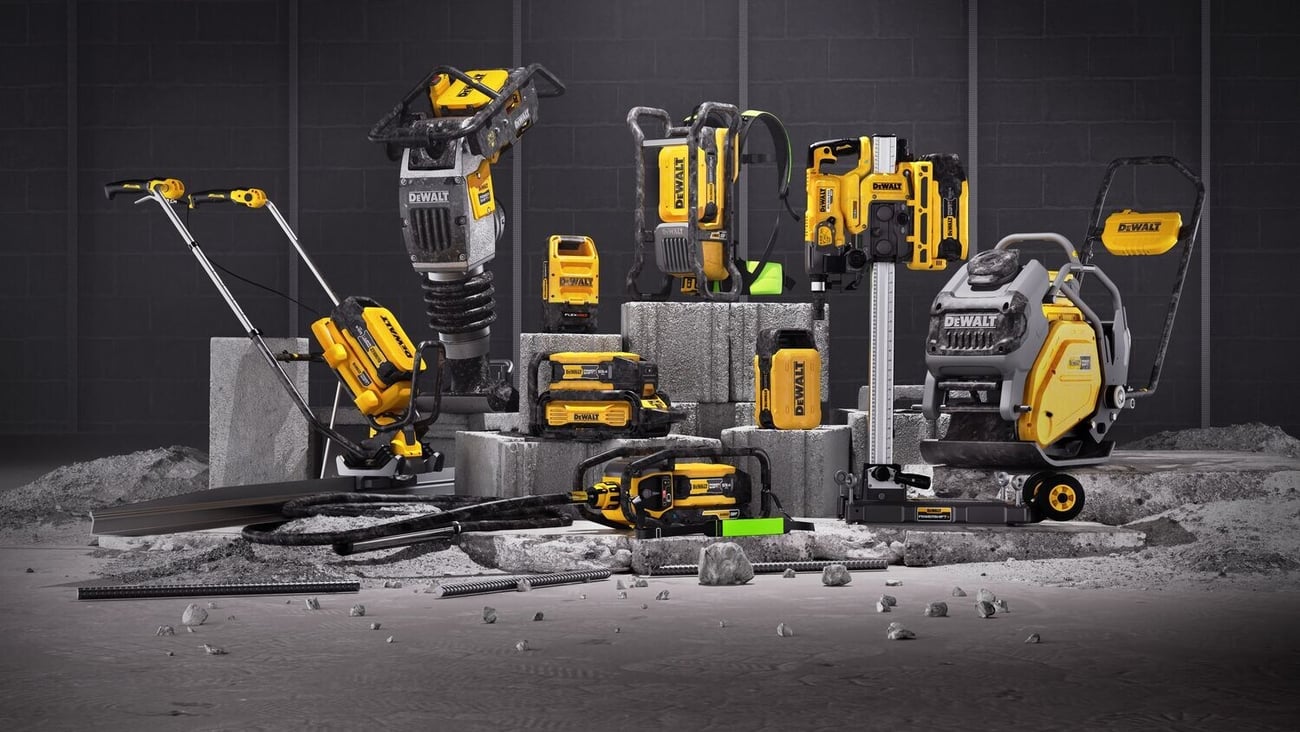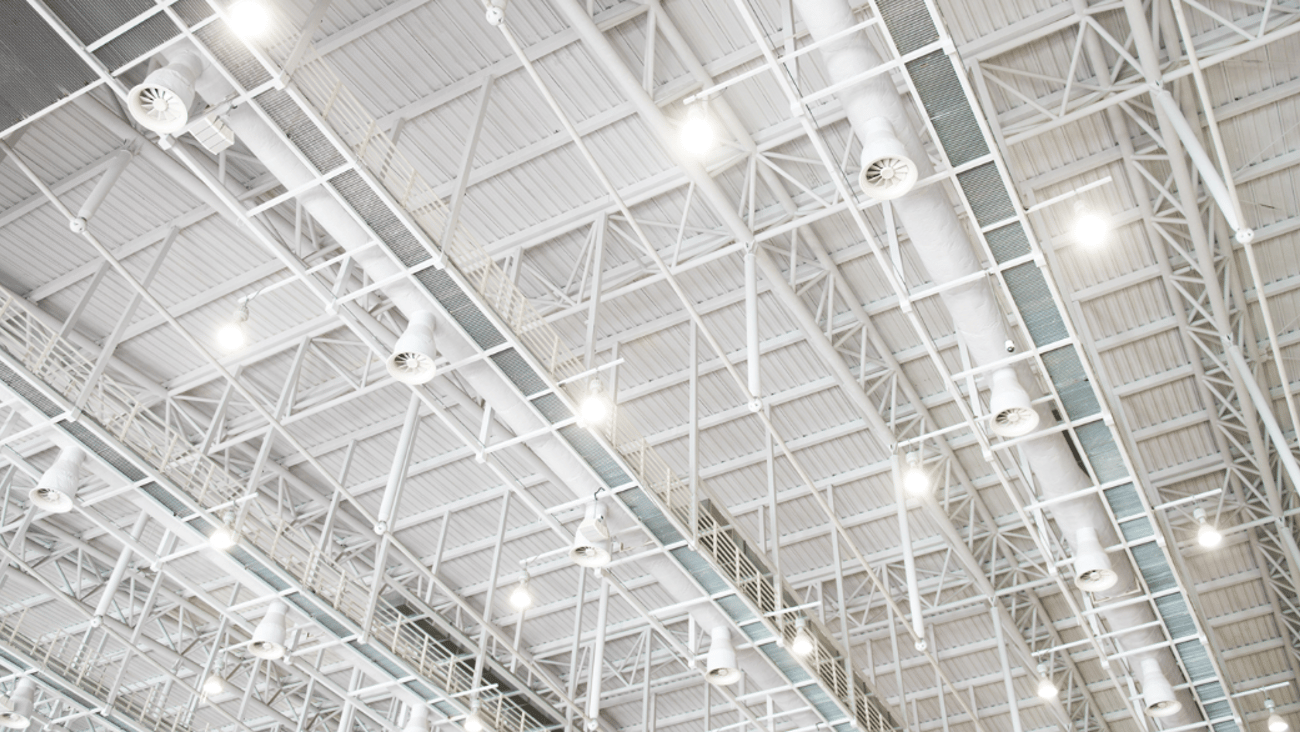Efficiency on tap
By Lisa Girard
First there was Energy Star; now WaterSense is making a push into the broad category of sustainable products and lifestyles.
WaterSense, sponsored by EPA, is a voluntary product-labeling program that sets standards for water-efficient products like plumbing fixtures and appliances and allows manufacturers to certify their products under the WaterSense label.
“By the appearance of the WaterSense label, the consumer knows this is a toilet or shower that uses less water than other products,” said Greg Wisner, manager-market research for Fluidmaster.
At the recent National Hardware Show in Las Vegas, there were several manufacturers showing products designed to save water. For example, Oxygenics presented the Evolution Handheld Brushed Nickel Showerhead, a product that introduces oxygen into water to increase its velocity.
“Obviously everyone talks about going green and saving water,” said David Hofman, executive VP Oxygenics. “This uses the same technology applied to jet engines. This means you can use less water and still have a great shower.”
Oxygenics is based in California, where reducing water consumption is a popular idea. Other hot spots for water savings include Georgia, South Carolina and Florida.
Another new product pushing water conservation was the One2flush from Fort Bragg, Calif.-based Being Water, which prompts the user to turn the handle one way for liquid waste and the other for solids. According to company owner Pat Hanna, the One2flush saves a family of four 30 gallons of water a day and $10 to $15 a month on the water bill.
“I wanted to appeal to a female market, and what mom wouldn’t want that?” Hanna said. “The cost-conscious consumer who is spending $100 a month on his water bill will be impressed by that savings.”
This product, which simply changes the flushing mechanism, retails for around $45. Compare this to dual flush toilets on the market that retail for $250 to $700.
The four hardware co-ops and Orgill will begin carrying the One2flush this fall. “It just makes sense. Why would you want to waste a natural resource like that?” Hanna said. “It’s an easy sell, especially as Americans become increasingly water conscious.”
In addition, Whirlpool just introduced the Duet washer and dryer combo, which saves $837 in energy and water utility expenses over the first five years of use, the company said. The washer uses 74% less water and 80% less energy than a traditional top load washer.
According to Wisner, water conservation products have been slower to catch on because the early models were lacking in quality. “When they first came out with toilets that used 1.6 gallons a flush instead of the traditional 3.5 gallons, the models didn’t work too well,” he said. Although these products have improved in quality, he said water conservation is still a tougher sell than energy savings.
“You’re only saving a quarter-penny per gallon, so it takes a number of years to really see any cost savings,” he said. “If it’s too big of a premium in a tough economy, it’s going to be a tough decision to make.”



